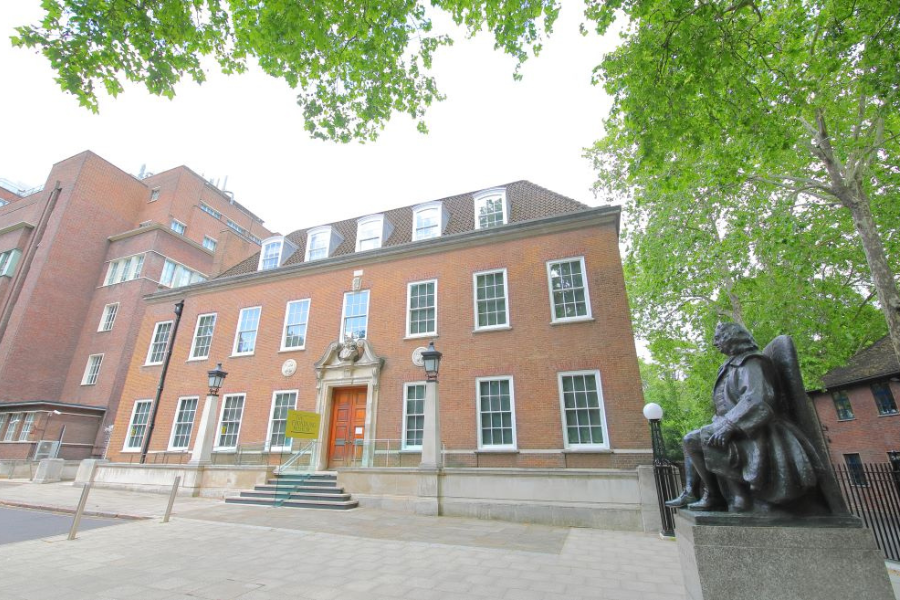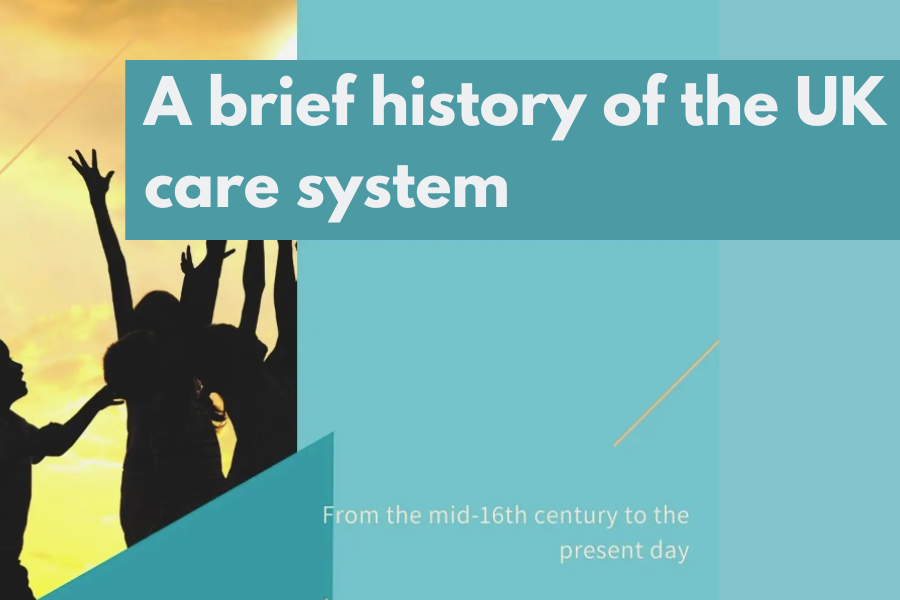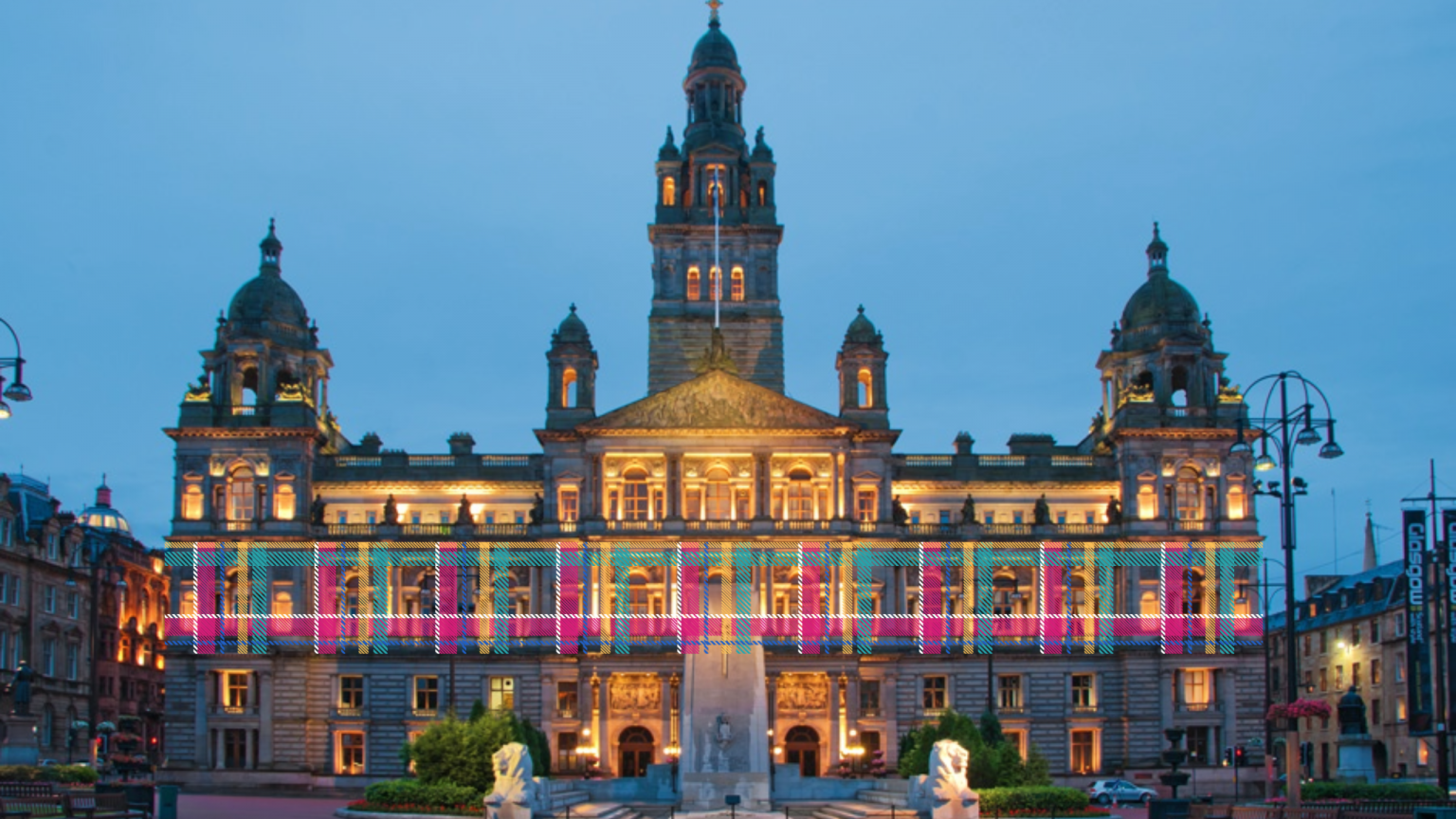Care Experienced people have been a part of English society since the very beginning.
The beginnings of state provision for Care Experienced children and young people can be traced back to The Poor Relief Act 1601, commonly referred to as the Elizabethan Poor Law, (view the original act here).
By the early 1700s, in London, the situation for struggling parents was particularly acute. As a result of poverty or ‘illegitimacy’ mothers who found themselves unable to care for their children would feel like they had few options. These led to some abandoning their children. During this time, it was estimated that around 1,000 babies a year were abandoned in London alone.
This was the situation that was faced by Thomas Coram. As a solution, he went on to create The Foundling Hospital in 1741 in London. It envisioned a children’s home that was for the “education and maintenance of exposed and deserted young children.”
This saw the start of large-scale industrial institutions being used to care for children and young people.
During the Victorian era, the first example of fostering, as we know it to be, can be traced to 1853. In Cheshire, a Reverend took children from workhouses and placed them with other families. Here the local government would become responsible for the child.
With the introduction of the Prevention of Cruelty to, and Protection of, Children Act 1889 (known as the Children’s Charter), created the main principles of the care system that children and young people in England experience today.
However, a legal framework for fostering or adoption was not introduced until the 20th century.
While child protection laws have been changed and adapted over the years, the founding principles remain the same.
In 2021 the government launched The Independent Review of Children’s Social Care. The findings of which were published in 2022. Following this, on the 2nd of February 2023, the UK government published its strategy and consultation, Stable Homes, Built on Love.
Stories
The Workhouses

Inspiring the likes of famous Care Experienced characters like Oliver Twist, the Victorian workhouse were institutions for those that were struggling with poverty.
A home for many Care Experienced children and young people, the origins of the workhouses can be traced back to the Poor Law Act 1388.
The Foundling Hospital

Discover the history of the Foundling Hospital and how care has evolved over the years through Coram’s ‘Our story of care’ timeline.
Starting in 1668 with the birth of Thomas Coram right up untill 2020, the timeline provides a deep insight into the history of care in England.
The Children's Rights Movement

In England, the 1970s saw the beginning of the children’s rights movement for Care Experienced people with the creation of the Leeds Ad-Lib group, the Who Cares? Project and the National Association of Young people in Care (NAYPIC).
It was through these organisations that Care Experienced people started campaigning for better rights for the community.
A Brief History of the Care System

Explore the history of the care system in England from the mid-16th century to the present day.
Looking at the start of institutional care, legal acts and important figures in the history of care this blog provides an overview of how the modern-day care system came to be.








